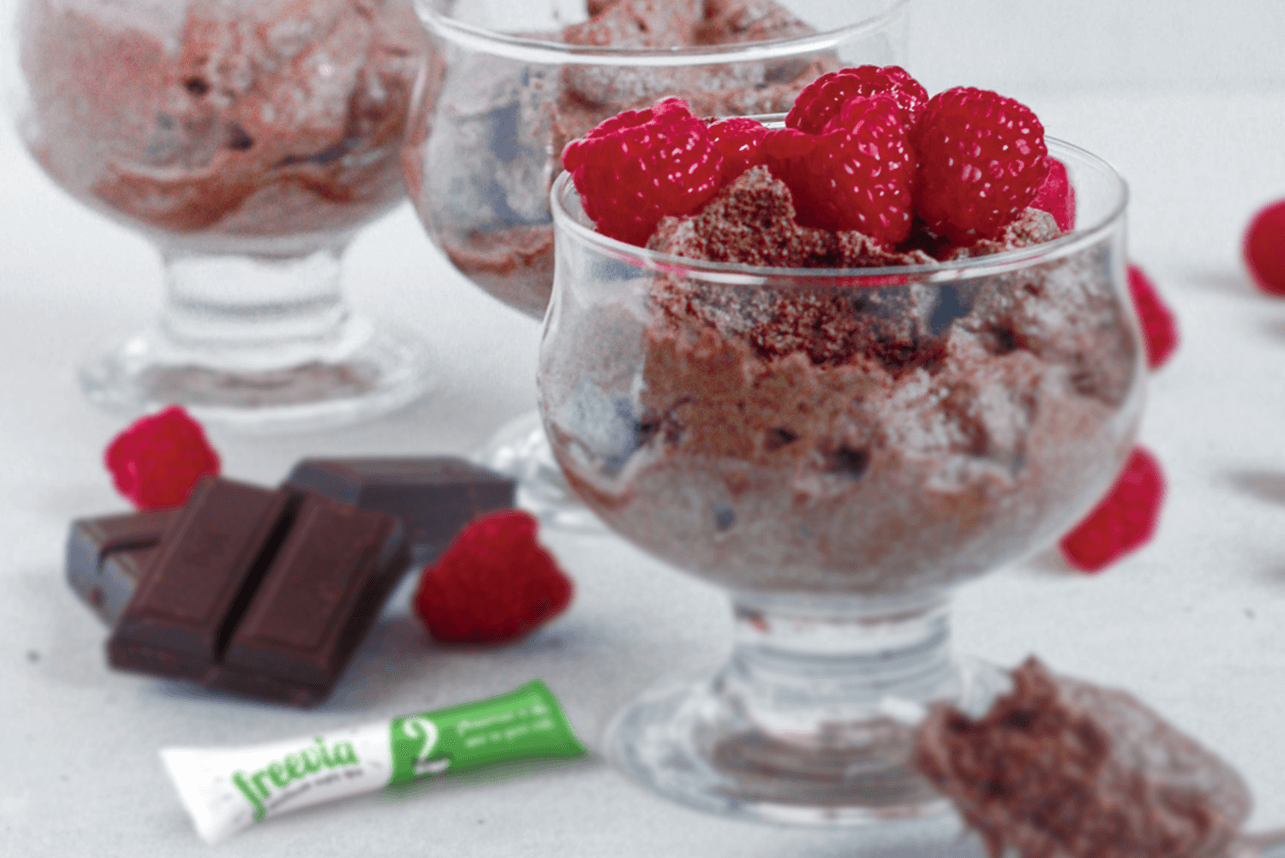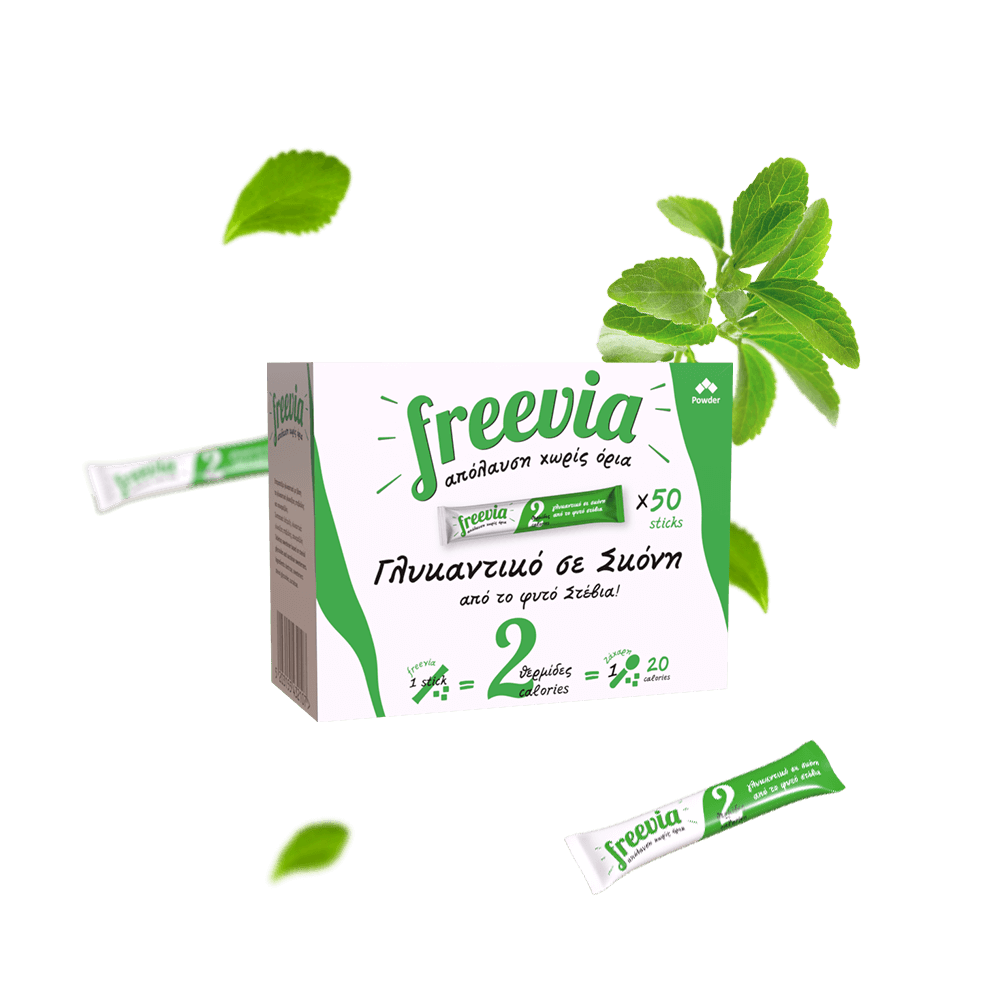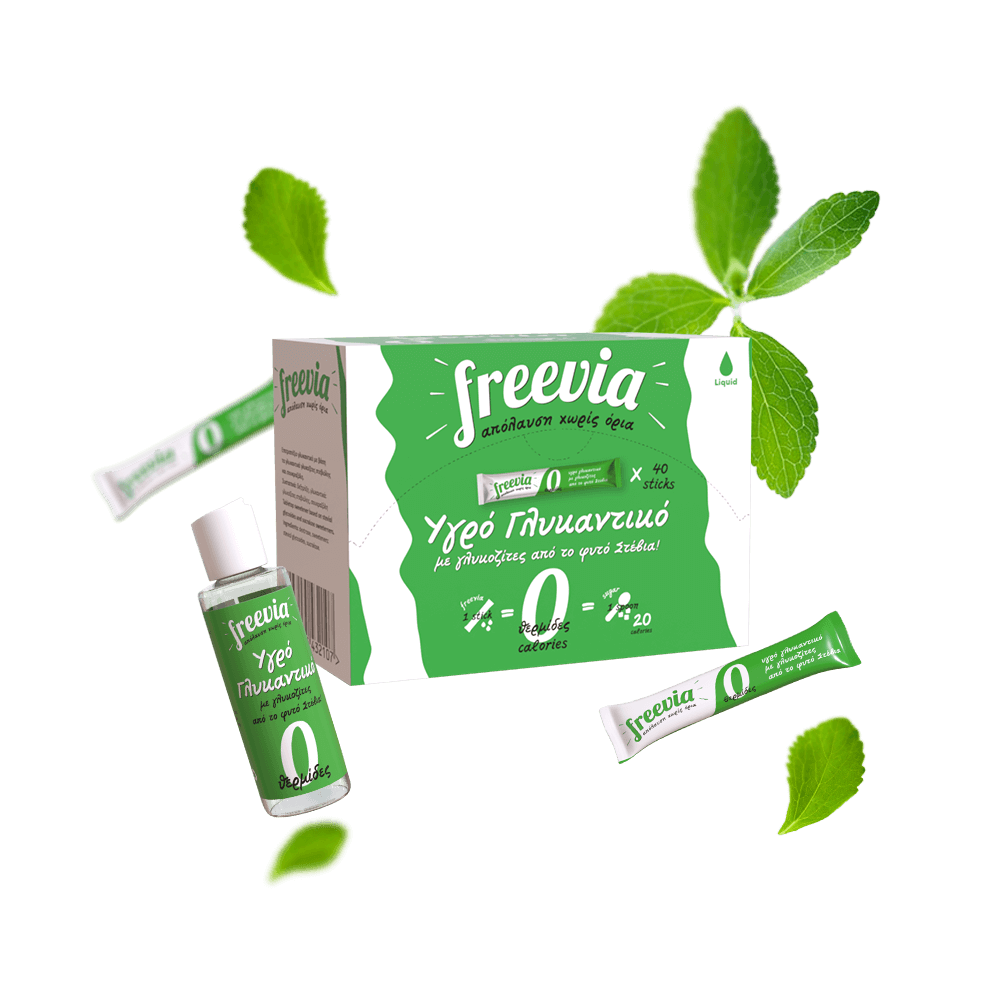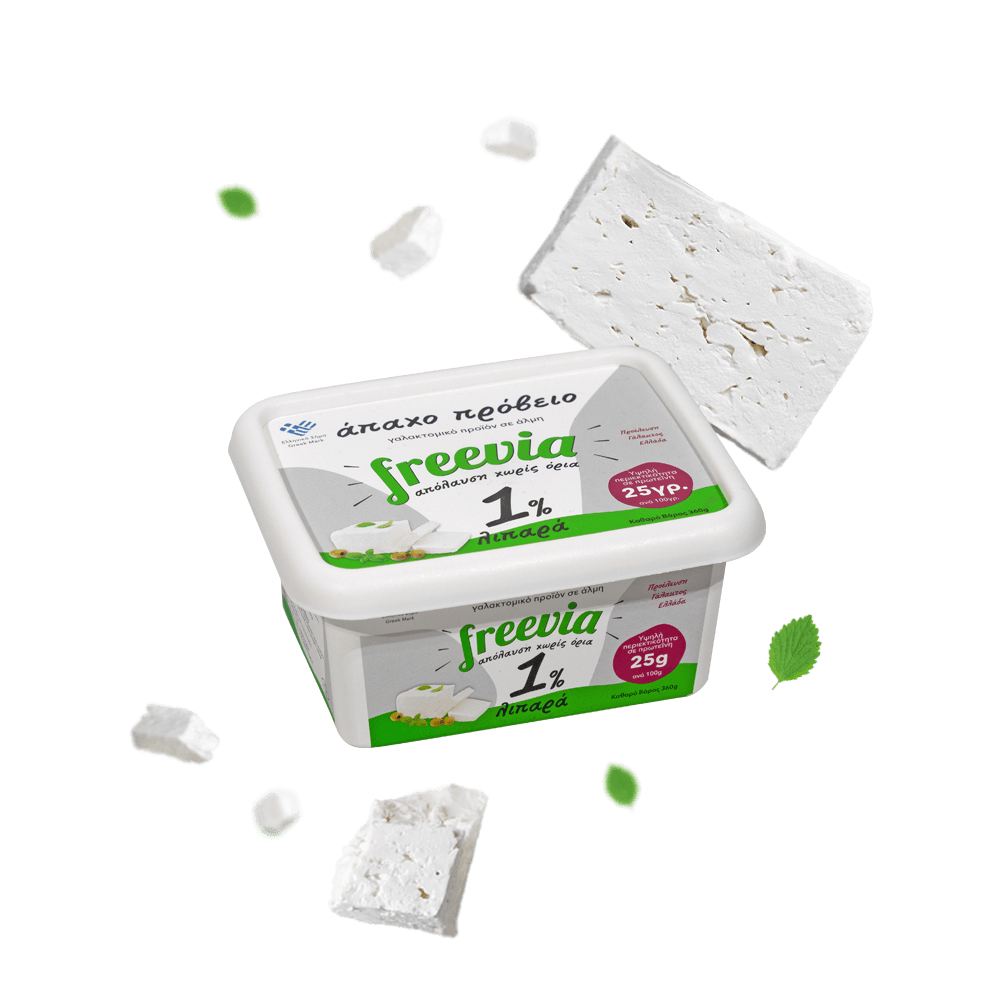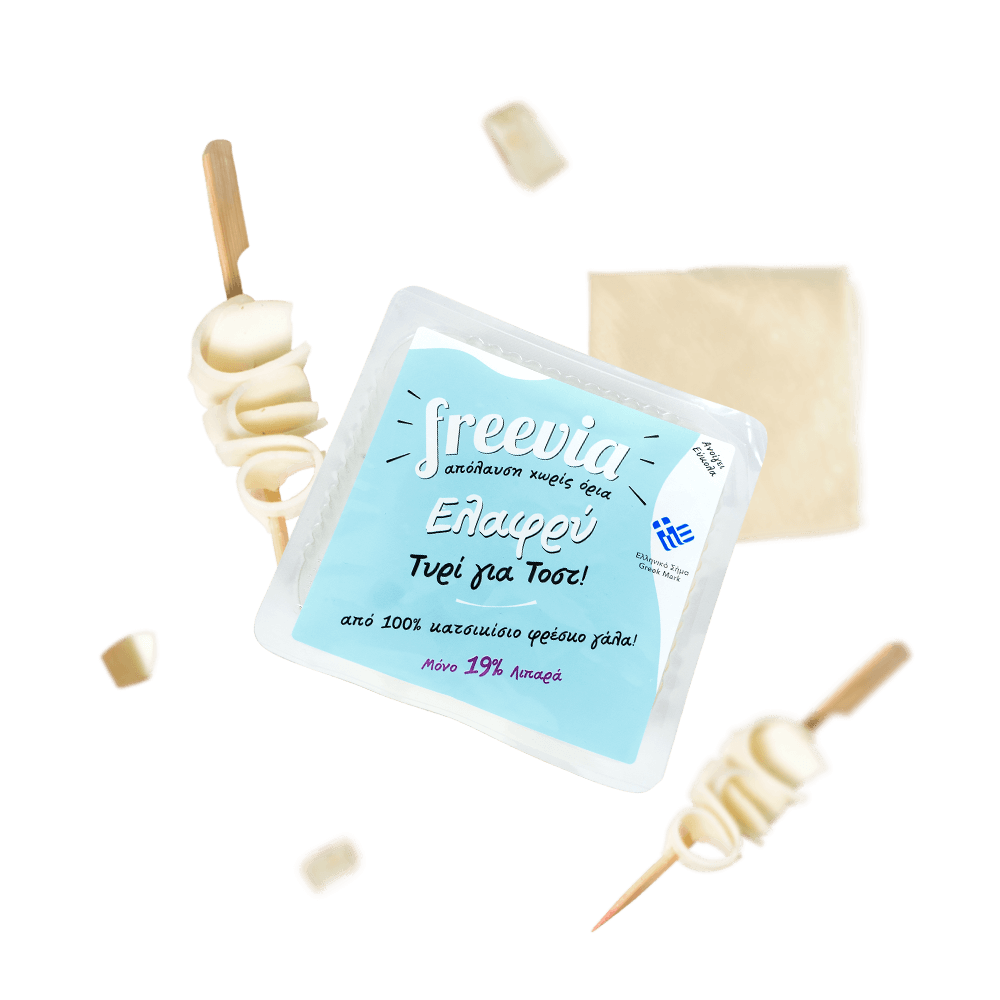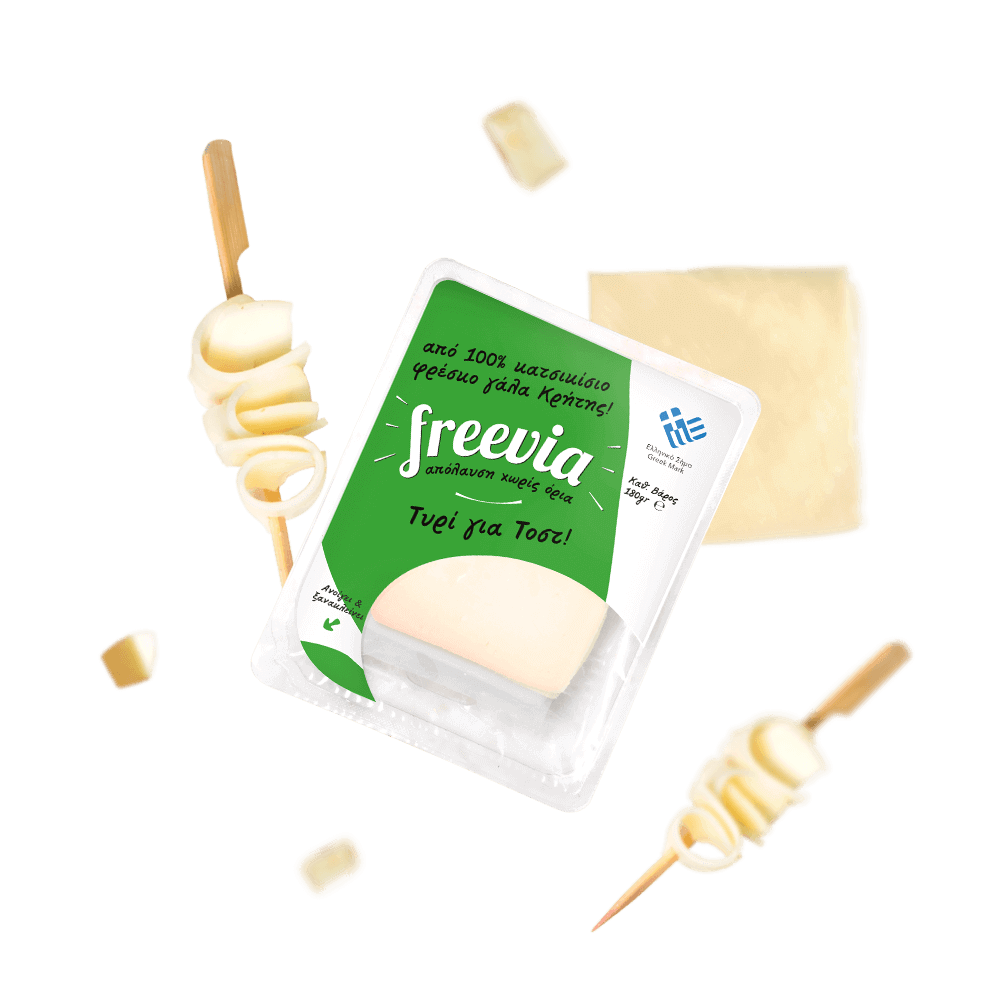The history of chocolate mousse
Chocolate first appeared in the French palace kitchens in the early 1600s. The word mousse means foam in French. In America, the first white chocolate mousse was made in 1977 and then began its widespread popularity everywhere. In the early years, chocolate mousse was not what we know today as it was more of a pudding texture and less of an fluffy cream as the first hand mixers appeared in the 1930s.
But what is really going on; how much are calcium levels affected by dairy consumption and how can we improve our bone health?
What is the nutritional value of chocolate mousse?
The nutrients in a chocolate mousse are the antioxidant properties of dark chocolate. The cocoa in black chocolate is rich in substances (polyphenols, flavonols) that are protective against chronic degenerative diseases. For example, heart failure, inflammation, insulin resistance and improved cognitive function.
In addition, its albumin (egg white) content provides a significant amount of protein (5.6g per 100g serving) while providing iron, manganese and vitamin B12.
White granulated sugar can be easily replaced with a sweetener such as stevia which is of plant origin. This provides the same texture and consistency as the regular recipe, but with more health benefits. This reduces the sugar curve, calories and we get more fibre, vitamin A, C, iron, potassium, magnesium and sodium than conventional sugar.
The recipe for the perfect chocolate mousse
Ingredients
- 3 tablespoons of unsalted butter
- 170g dark chocolate
- 3 large eggs at room temperature (separate the yolks from the whites)
- 1/3 cup stevia powder
- ½ cup full cream
- ½ tsp vanilla extract
Execution
- 1. Add the butter and chocolate in chunks to a bowl and melt using the bain-marie method. Remove from the heat before the chocolate is completely melted and stir until all the pieces are completely melted.
- 2. Allow the mixture to cool slightly and add the yolks one at a time, stirring in between.
- 3. In another container, beat the egg whites with a hand mixer on medium speed until foamy.
- 4. When soft peaks begin to form, gradually add the stevia (¼ cup) until they become more firm.
- 5. Gently incorporate the egg whites into the chocolate mixture and set aside.
- 6. Beat the cold cream with a hand mixer on medium-high speed and slowly add the remaining stevia powder until it reaches a yogurt consistency.
- 7. Finally, very gently mix the cream into the previous chocolate mixture with a spatula (be careful not to lose volume).
- 8. Divide the final mixture into 6 small glasses, cover with plastic wrap and refrigerate for at least 2 hours.
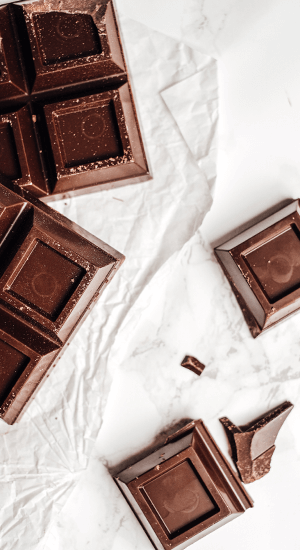
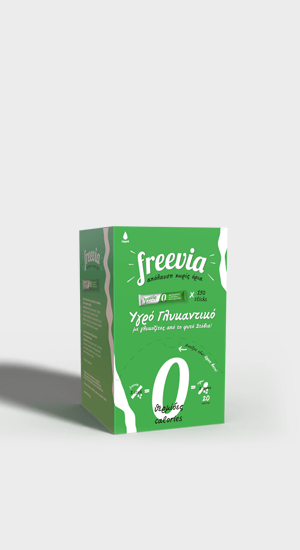
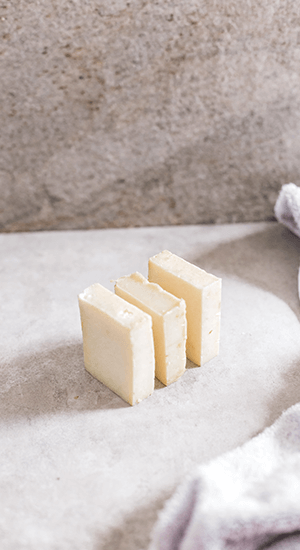
The secrets of a successful chocolate mousse are
1.Good raw materials. 1.Good quality ingredients. Additionally, buy a dark chocolate with at least 40-60% cocoa. Good quality chocolate is everything. Its quality is highlighted in the finished product.
2.Temperatures: pay particular attention to the temperature of the eggs and cream. The eggs should be at room temperature, while the cream should be cold. Take the eggs out of the refrigerator at least 1 hour before, and the cream just a few minutes before. The temperature of the eggs and the cream is the most important success factor when it comes to the texture and consistency of the chocolate mousse.
3.How to whip the cream correctly: The right temperature of the cream is not enough for the right consistency of a mousse. You need to be careful how much you whip it as if you whip it too much it will lose its air and become stiff. For this reason, whip it until it becomes a yoghurt consistency.
4.Stirring. This step is where a lot depends on! The moment you add the whipped cream, you have to be careful how you whisk it. The movements should be gentle and calm, not fast and sudden. Use the spatula to fold your whipped cream into the mixture and allow the air in the whipped cream to be retained in the final mixture
5.Finally, chocolate mousse takes time. It may be an easy dessert, but it still needs time to cool, thicken and enhance the flavors. After making the mousse, cover it and refrigerate it for at least 2 hours.

Alexandra Kontodimou
Dietitian-Nutritionist MSc
Nutrition Home, Tsimiski 71, Thessaloniki
www.nutritionhome.gr
